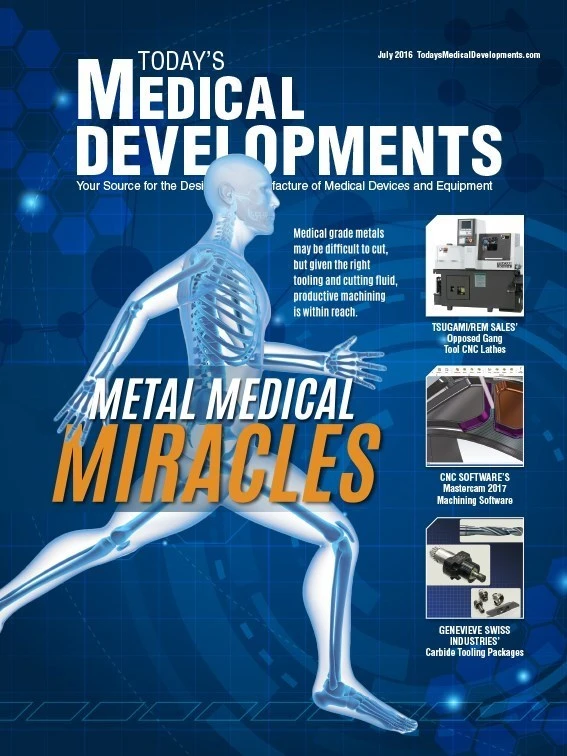
For patients with myocardial insufficiency or heart failure, an implanted heart pump can help, although the control system that gives the pump relevant commands must work precisely. When developing medical devices such as heart pumps, engineers first develop the hardware then the control software, which is then combined and tested. Researchers from the Project Group for Automation in Medicine and Biotechnology at the Fraunhofer Institute for Manufacturing Engineering and Automation IPA are speeding up this process using the hardware-in-the-loop (HiL) method, which was pioneered in the automotive industry.
HiL allows engineers to develop parts in parallel processes and shorten integration times. In the automotive industry, instead of testing electronic control units (ECUs) on the hardware, which risks damaging them, engineers create a computer model of the car to test the ECUs before the vehicle is even built. Special interfaces connect the ECU to the virtual car, the ECU receives information from the vehicle, and sends back commands for the simulated car to implement.
Because the process is automated, developers can analyze a large number of test cases – investigating critical system states in a reproducible, risk-free manner. Development becomes more transparent from the start, so faults are uncovered at an early stage without looking at an assembled car.
Researchers have transferred this method to modern medical devices in which hardware and software are strongly intertwined, such as with heart pumps.
“The challenges they present are similar – medical products are usually complex systems as well,” says Jonathan Schächtele, a scientist in the project group at Fraunhofer. “In addition, scenarios can be tested that could previously be estimated only using manual lab tests – a defect in the system.”
HiL allows researchers to speed up development and increase product safety. Because the test is fully automated, medical device manufacturers can test more situations than before, which can exceed legal safety requirements. Documenting test results, previously done manually, is automated with HiL.
“We design the computer model of the medical product, implement the interfaces between model and control module, define the test cases, and carry out the test runs,” Schächtele says.
For Soteria Medical B.V., a Dutch medical engineering company, the researchers have developed and tested the control technology for a biopsy system.
Fraunhofer Institute for Manufacturing Engineering and Automation IPA

Explore the July 2016 Issue
Check out more from this issue and find your next story to read.
Latest from Today's Medical Developments
- Siemens accelerates path toward AI-driven industries through innovation and partnerships
- REGO-FIX’s ForceMaster and powRgrip product lines
- Roundup of some news hires around the manufacturing industry
- Mazak’s INTEGREX j-Series NEO Machines
- The Association for Advancing Automation (A3) releases vision for a U.S. national robotics strategy
- Mitutoyo America’s SJ-220 Surftest
- #56 - Manufacturing Matters - How Robotics and Automation are Transforming Manufacturing
- STUDER looks back on a solid 2024 financial year






